In this edition, we’re unpacking (ayyy egg pun) your egg buying questions. I’ll cover the basics - like why eggs are brown vs. white and get into the good stuff, like USDA regulations. You know you’re in for a treat when I drop USDA regulations in the second sentence.
Egg buying should really be called egg decoding. It’s insane how many and how nuanced these labels are. The USDA used a 24 egg carton infographic to explain the differences, where every egg is a different label you may run into. When I started this edition, I thought it’d be fun to consolidate all of these into a more useful chart for us to bring into a store.
Then my brain happened and the rabbit hole hit new depths. Love you, hate you. A few weeks later I’m ready to emerge. This is probably the most in depth egg knowledge you’ll ever read in your life. I wish I was eggzagerating, lol.
You’ll still get the chart, don’t worry. And you’ll get this AI song about egg labels because that’s how deranged I am at this point.
Let’s diiiiiig in.
Who governs egg labeling in the US?
Before we get into all the labels you might run into, I think it’s helpful to take a step back and get into some of the regulations around eggs. It shapes a lot of why egg cartons look the way they do and why we have some of these labels in the first place. Also it’s fun if you’re a regulatory freak like me.
When you’re shopping for eggs at a grocery store, the manufacturers are voluntarily following the standards set out by the USDA. I’m not sure this is enforced by grocery stores, but it is 100% the norm.
To be in compliance with the USDA, they’re required to include labels such as: size, grade, quantity, usda grademark, the fact that it is “eggs”, safe handling instructions, and nutritional labels.
That’s why you’ll always find this basic info on your egg cartons:
Worth noting that “Large” isn’t the only size egg (lol) and same with Grade A. I’ll break those down soon. We’re just illustrating some regulations IRL.
The guidelines also dictate where the information should be on the package.
For example, your carton can’t just say “eggs” on it. It has to say “eggs” on the front of the carton, be in bold print, and at least 1/2 the type size of the largest print on the main face of the carton. It also needs to be parallel to the base. For realllll.
This is directly from the USDA guidelines. I included proof here because you probably have better things to do with your life than click that link but I’m feeling sassy and wanna prove that I’m not the only deluded one:

Some of these rules feel trivial, but tbh they serve a purpose by creating SOME standardization/uniformity no matter if you’re buying $3.99 or $12.99 eggs.
For what it’s worth, when I worked in medical device labeling (yes, this is a job!) we had similarly crazy rules. Did you see how I just plugged my very unrelated credentials to boost credibility??
I love this shit.

None of these rules apply to anyone who isn’t trying to comply with the USDA, ie farmers market vendors.
It’s also the same reason your eggs aren’t refrigerated when you’re buying em outside of a grocery store. That’s a USDA thing - manufacturers wash off the cuticle (an outer layer) to prevent bacterial growth. In doing so, they need to refrigerate it to extend its lifespan.
~*the more you know~
A GPT sidebar
While deep diving on the labeling rules pdf, I thought it’d be fun to use GPT to help me understand it. Then I wanted to test it. I fed the GPT a mock-up of a egg carton design with the “12 eggs” labeling in the wrong place (it’s supposed to be on the bottom 30% of the main face) and it corrected me!!
Check out the convo:
I’ve actually never used AI like this and found it super valuable. Makes multi-modal a lot more useful, especially if you’re an egg carton designer!!
Ok back to the programming.
Egg buying cheat sheet
My entire mission in this edition was to deliver on an “egg buying guide” aka something you could walk into the store with to make you feel like you actually know what’s going on.
I think if you take 1 thing from this edition it’s this chart because it probably answers 95% of your label questions.
Unclear how practical this is (I’m still iterating, ok?!) but here’s your egg buying guide, conveniently put into a google sheet so I can modify it as I gather more data.
Bookmark it peeps!!! But don’t leave me yet, there’s mooreeee!!!
Kinda reminds me when you were allowed to bring one piece of paper into the exam and you write everything in size 5 font. I’ll never retain this info but dammit this is the sleekest, highest density of information I’ve ever created.
Of all of these labels, my favorite is “No added hormones”.
Growth hormones on hens have banned since the 1950s but people still use that phrasing in their marketing. If my mom had a choice she’d proudly put that on me too. Anyone else have to face the growth hormone pushers back in the early 2000s because you were “too little for your age??” ~*hopes she’s not alone~*
Anyways, when it comes to poultry or eggs if you use “no added hormones” on the label you then need to clarify that Federal Regulations prohibit the use of hormones in chickens (same goes for actual poultry, see below):
I feel like we’re going in circles. You should ignore this label if you ever see it.
The difference between caged, cage free, free range, and pasture raised
I touched on this topic on the chart, but think it’s worth breaking down even further (egg pun??) especially for my chickens-should-have-humane-living-conditions-and-this-will-impact-my-buying-decision-and-prob-not-reading-that-chart readers.
At a high level, there are 4 categories that categorize the living conditions, which I ranked below by theoretically increasing humane conditions for the birds:
Caged eggs: Chickens are basically in a jail cell (called battery cell) - this isn’t something you’d proudly find advertised on labels and these days I have yet to find one in grocery stores. But they are definitely used behind the scenes. There’s a growing legal movement to completely phase out of this and into cage-free (even McDonalds is committing to this so you know it’s a priority). Back in 2018 ~12% of eggs were cage-free vs. today over 38%. My assumption when shopping is that if the label doesn’t say cage-free (or any of the other types), then it’s probably caged. Think baby blue styrofoam.
Cage free (USDA definition): They need to have space to roam indoors without cages, unlimited access to food & water, but don’t require outdoor access. No definition on how much of either.
Free range (USDA definition): Same as above + require outdoor access. No requirement on how often or much.
And what about Pasture raised, DPo? Not regulated by the USDA. Usually you’ll find this label alongside an animal welfare certification (we’ll get into that next).
If you are a natural skeptic, I get that these definitions maybe leave you with more questions than answers. Why so vague? How much outdoor access? How much room to roam? Why am I still here? Wait what, pasture raised is NOT a USDA thing? (No, it’s not) Luckily, there are even more labels to help us out with this, yay!!
“Certified Humane” or “Animal Welfare Approved” or “Global Animal Partnership”
Aka one of these labels:
Unlike the USDA, animal welfare certifications like the ones above are much more rigorous on their standards and go beyond Free Range requires “outdoor time” to Free Range also requires “6 hours of continuous access to outdoors”, for example.
It’s like being a chill parent and telling your kid “ya ya feel free to chill outside” while you’re on your phone doomscrolling tips on how to be a good parent and they’re watching Moana for the 8th time this weekend vs. the one that forces them out for 6 hours and gives them unlimited chicken feed for the day. The former is the USDA and the ladder is animal welfare certifications.
This joke really went down a weird direction but ok I’m fine with it.
These are optional certifications manufacturers have to apply and get audited to keep. They’re also not government regulated bodies, they’re basically 3rd party accreditors.
Then you get to add the label to your egg carton as a badge, a la girl scout. In my experience (aka after looking at 15+ egg labels), I’ve found Certified Humane to be the most common certification compared to the rest:
Here are the specific requirements outlined by Certified Humane, aka part of what you need to comply with to get the coveted badge:
“Free-Range” requirement is two square feet per bird and that hens must be outdoors, weather permitting, for at least six hours per day.
To qualify for the Certified Humane® “Pasture Raised” label, specifically, there are additional requirements are that there must be no more than 1,000 birds per 2.5 acres (108 square feet per bird) and the fields must be rotated…”
What’s interesting here, specifically on the “Pasture Raised” front is that this only defined by animal welfare certifications, not the USDA, so theoretically a manufacturer could put “Humane” on a carton but it means nothing if it’s not “Certified Humane”. Look for that trademark yo.
There’s a lot more nuance in each of these certifications, but I’m keeping things high level. I’d definitely recommend this chart: differences between every label, especially if you want to go a step beyond “108 ft or letting your kid watch Moana for the 8th time”
I know some folks will be up in chicken arms about this take - animal certifications also get some shade in the industry as not being rigorous enough and still practicing animal cruelty practices. But to us lay peeps (stretch chicken pun?) they’re a solid start.
Putting it all together
As a general summary, I think this chart captures the differences between the different label types:
Decoding some real examples
Alright, let’s make things practical folks. Here are some examples of real world eggs you might find, along with my unsolicited commentary. My goal here isn’t to rag on the manufacturers, more so to remind us that some of the language is pure marketing vs. a requirement. Also I just think it may be helpful to apply some of this knowledge:
Red arrows indicate a USDA regulation:
$
$$$:
Since I have made things even more complicated while trying to make it less complicated, you can use this graphic as a summary of what to ignore:
Send me your huevos and we’ll decode them together!!
Freshness is supremely critical too
I think an overlooked part of the egg buying equation is how fresh your eggs are. The older they get, the runnier the whites are and looser the egg is in general… regardless of the grade!
It’s because egg shells are permeable membranes so over time more and more air gets into them. You can do a lil water test, aka submerge your egg in water. If the egg floats, it’s gettin old.
When it comes to shopping for eggs, actually similar to coffee beans, I also take freshness into account.
There are 2 dates to know when it comes to buying eggs:
The pack date, written in “Julian” formatting.
Sell by/best by/exp date
The Julian date aka the pack date:
It’s when the eggs were graded and put into the carton. Wtf is a Julian format you’re asking? Same yo.
It’s a consecutive number where 001= January 1 and 365 = December 31. When looking at your egg cartons (see above pic) it’s usually the one above the sell by date.
Imagine walking into the grocery story with this and trying to match “105” to a normal date. This is savant level mental math.
Seriously this country is unhinged.
Sell by/ Best by/ Use By
YooOOOOO this is a whole OTHER rabbit hole. The nuance of labeling in food is absurdly complicated (even outside of eggs). Most of them are not even related to safety:
I found the nuance of it all confusing, so I turned to the one and only Kenji Lopez Alt who explained it succinctly:
“Legally, the sell-by date can be no more than 45 days after the pack date, but when properly refrigerated, eggs will remain wholesome for well beyond this 45-day period — 60 to 70 days is reasonable.
While it’s possible that the eggs you’re buying were laid within a few days of their pack date, manufacturers have up to 30 days to clean and pack eggs, which means that, in theory, if you buy a carton of eggs on its expiration date, it may already be 75 days old! Clearly, checking the expiration date is not the most reliable way to guarantee fresh eggs. You’re much better off checking the pack date.” -Medium article
TLDR: Bring your Julian calendar with you everywhere you go. And your chart. Bring both. And if you have neither, get the one that has the furthest date from when you’re buying it.
Let’s talk about egg yolk colors!!
Several folks asked me where yolks get their color from - some are pale and some are luciously orange, deep colored and ooooozing sex appeal. Many folks also claim these are tastier. I’d first like to present some ~*literature~* about this:
Kenji Lopez Alt debunks this in the Food Lab. He dies all the eggs green as to not be able to notice a difference and tries ‘em. No notable taste different.
Ethan Chlebowski does a blind test and ends up with the same conclusion (YouTube)
So basically these two peeps (who I trust) conclude that the yolk color doesn’t technically make a difference in taste.
HOWEVER…. and this is a BIG however.
As humans we are not eating green eggs nor are we blindfolded. The reality is that those orangey eggs do look better. And as the ye olde proverb goes, “we eat with our eyes”
Taste is highly impacted by visual appearance (we could write a whole edition on this, but I think Ethan covers it well here). So if it looks better to you and is tastier, then go ham. (green eggs and ham, get it?)
But where do eggs get that orangey color from?
Short answer: Their food (ie marigold flower and/or paprika)
Wrong answer: The breed
More nuanced answer: It’s a bit of a marketing thing at the end of the day.
“Pasture raised” eggs will tout that the hens diets are rich in marigold flowers and other foods that naturally give them this tint. They tie it back to their living conditions: basically our birds are naturally eating this stuff because they spend soooo much time outdoors.
But ehhhh it’s maybe not JUST that or even THAT at all.
When I asked the internet (thread) about their questions about eggs the yolk topic came up. A real life egg farmer responded to a thread with the following spicy take about yoke coloration:
*~DPo immediately googles paprika in chicken feed for yolk color pigmentation*~ and prays that google ai gives her some ridiculous summarization that she can use in the edition.
Gah, turns out he’s right about this too. There’s plenty of evidence showing that adding paprika to chicken feed does a great job at getting that color (source and home experiment results from a farmer)
I could not find any resources that break down which manufacturers are doing this, nor is it intrinsically a bad thing. It’s sorta just a thing to know.
So yeah, the answer is that their diet is different, but it may not be because they’re the worlds happiest hens grazing fields and fields of marigold flowers thinking, “damn I’m about to make someones egg yolk porn come true.” It could just be some paprika in feed. I wouldn’t be surprised if we see more and more manufacturers doing this in the next few years, regardless of the chickens living conditions.
Where do egg shells get their color from?
In the list of FAQs I got about eggs, this one probably ranked the highest. It’s on your handy buying guide too, ugh keep up. The color of the shell is determined by the breed of the chicken. And let’s be real, we’ve been selectively breeding for years so it’s all just a rigged system.
Simple answer: White chicken = white egg, brown chicken = brown egg
More nuanced answer: Look at their earlobes!!!!
The color of the chickens earlobe determines the color of the egg (source). Here’s an example from Vital Farms of an Azure Hen who lays blue eggs:
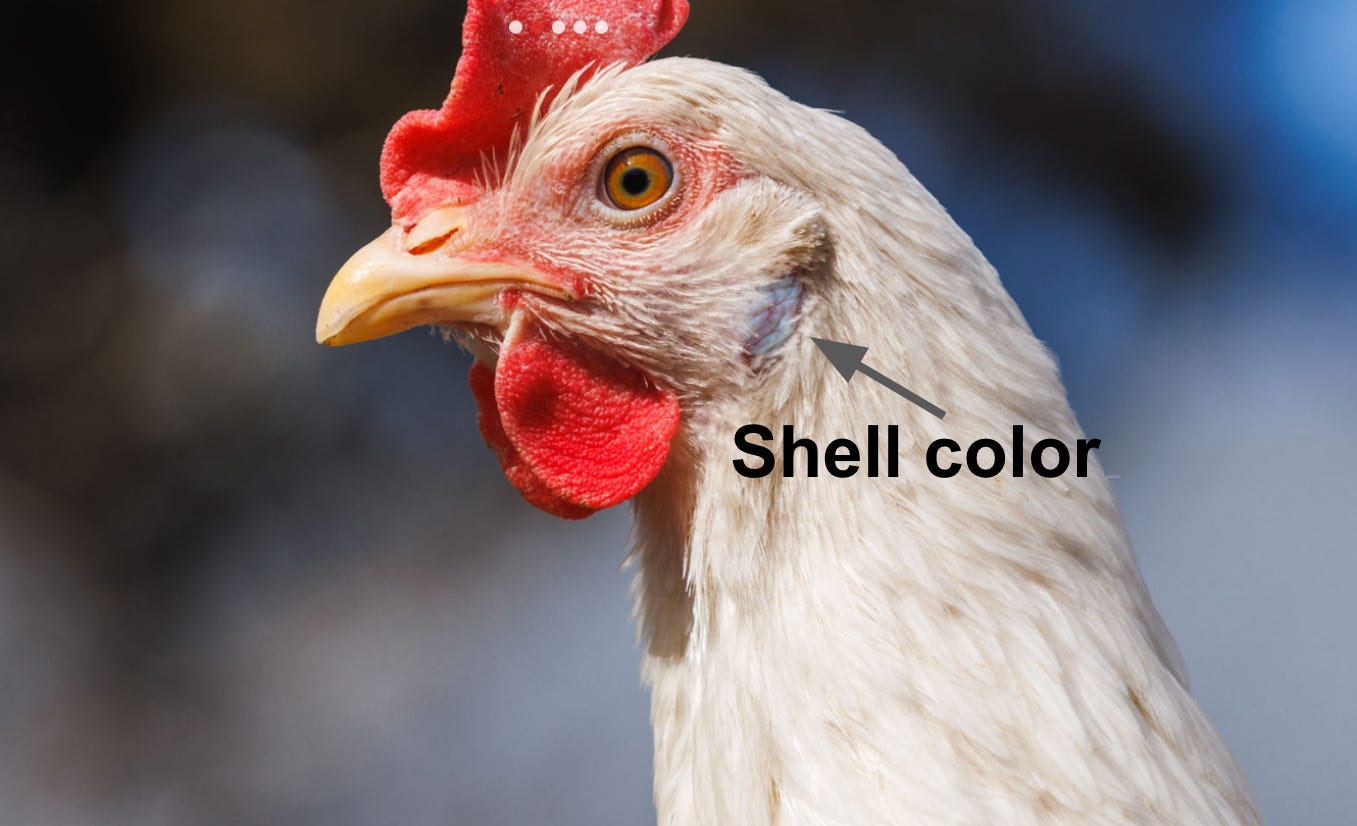
There’s no meaningful nutritional difference between the shell color and the egg (USDA). The USDA cites that brown hens are larger and eat more so they’re often more expensive, but I couldn’t find enough data to add more nuance.
I’m good to ignore this one too.
DPo, what eggs are you buying?
The question I got 20 times while writing. I actually never write with the intention of changing my (or anyones’ behavior). Just having a guuud time in this confusing world and satiating my insatiable food knowledge appetite (new slogan?)
But this is the part where I get to reflect and have some opinions, so let’s go.
Throughout all of this research I realized how much marketing plays a role in our perception of eggs - it’s not so different from a noob buying wine (most of us). We choose with our eyes and wallets. These eggs peeps know it.
This makes it insanely hard to cut through the noise.
I know a lot of my purchasing behavior would change if I stepped into a poultry farm and saw the living conditions - I’m leaving a lot of it to my imagination and/or PETA articles/and or what I see on labels (probably wrong). The truth is, anything mass manufactured (aka whatever I’m buying at Whole Foods, Safeway, etc) will come with tradeoffs somewhere. You try producing this many eggs at scale while maintaining quality, cost and humanity!!! Impossible.
Given what I know now, I’m ok to pay up for eggs that have additional welfare certifications. I think doing the minimum for welfare is fine, but now that I now folks can go above that and give our hens a bit of a better life, I’ll go with that option. Really just depends on my mood tho:

Basically, I’m prioritizing 2 things and pretty much ignoring the rest:
Freshness
Pasture raised + animal certification label
Organic didn’t make my list, but maybe it should. The info I found on it (it’s on your chart!!!) didn’t really push me one way or another. But hey, I could be wrong. It all feels like a crapshoot. But freshness isn’t. You should 100% prioritize that IMO.
One other thing I noticed when buying was that sometimes the pasture eggs were cheaper than the free range ones. In my head this makes no sense - it’s obviously more expensive to raise pasture eggs. Then I looked at the sell by date and the pasture raised ones were much LESS fresh. My thinking here is that grocery stores dynamically price to get things off shelves. I don’t know if this a fact, but it makes sense because they wanna get rid of inventory.
So again, I prioritize freshness.
In some ideal world and maybe in my future home, I think it’d be fun to grow them myself. You find me an SF apartment that allows cats AND hens!!!
Of course there is always the option of buying at a farmers market - the challenge here is that there’s just a lot of trust you need to have between you and the farmer. I would probably ask them about the living conditions and maybe most importantly, when they packaged the eggs. Ultimately I want to make sure I’m optimizing for freshness too.
My last little mini rabbit hole: Buying eggs online.
During my research I learned that facebooks TAM exponentially grew once users got into egg trading. lol, jk but someone had flagged this as an option for buying eggs and I thought it was interesting.
I found some facebook groups on local egg swapping and also broadly on how to get into poultry farming at all - 106k members strong!!!
I’m still waiting to get into the “Who Sells Eggs Near Me?” group:
The at-home egg raising community is strooooong even beyond facebook. I found this awesome forum called “Backyardchickens.com” and it seems really active/useful.
Of course there are always farmers markets, which I guess is the equivalent of a facebook group but IRL. But not everyone has access to that + I suspect there’s a community element to sharing.
But when it comes to this universe it’s much harder to categorize or rank “safety”. I’m definitely eager to learn more about it though - hit me up if you’re knee deep in the home poultry game!!
That’s alllll folks! Lemme know what egg q’s are on your mind!
Sorry I am too tired to share what I’m cooking. It’s obviously eggs.
DPo






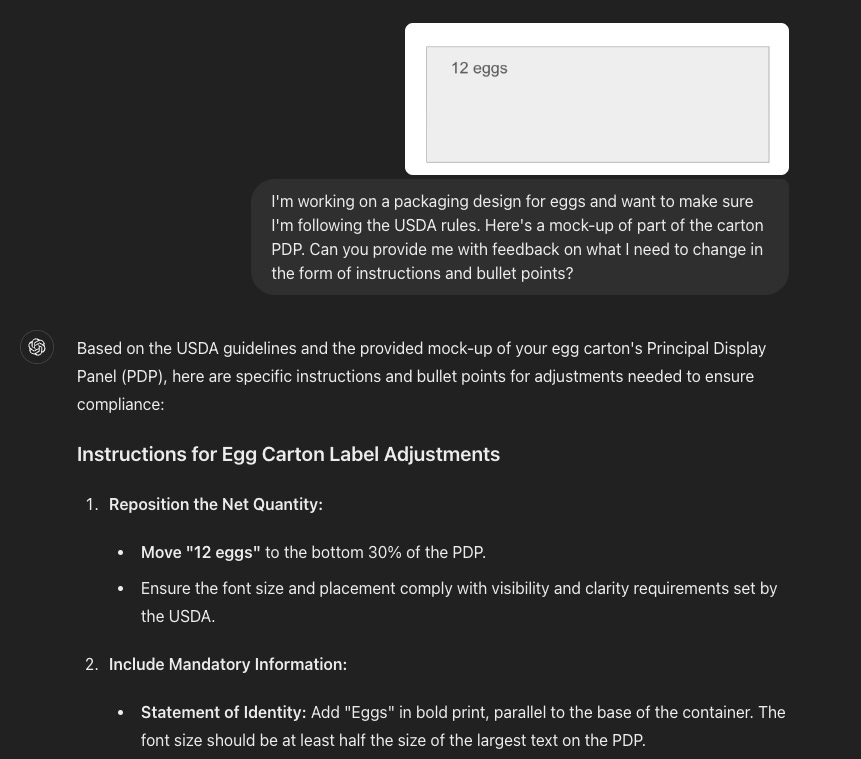

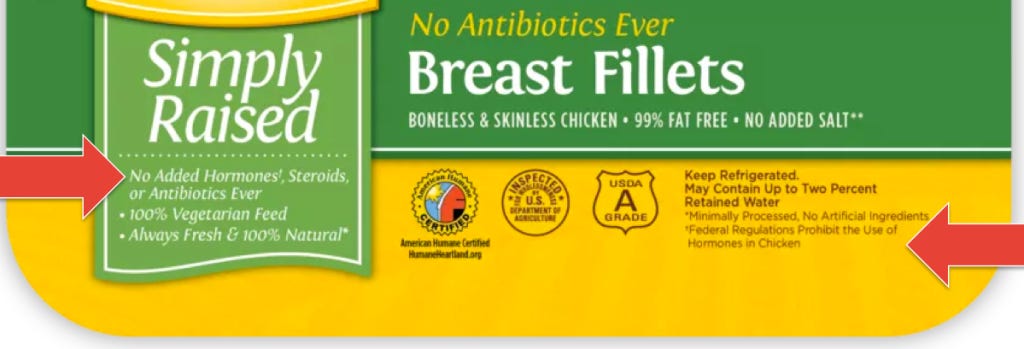

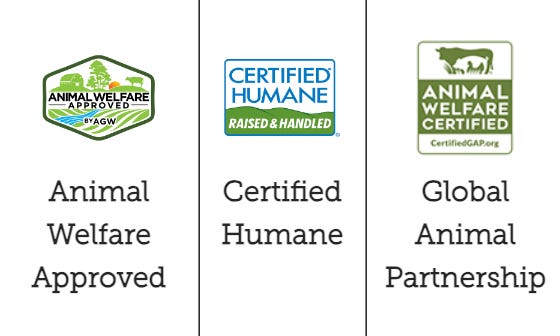


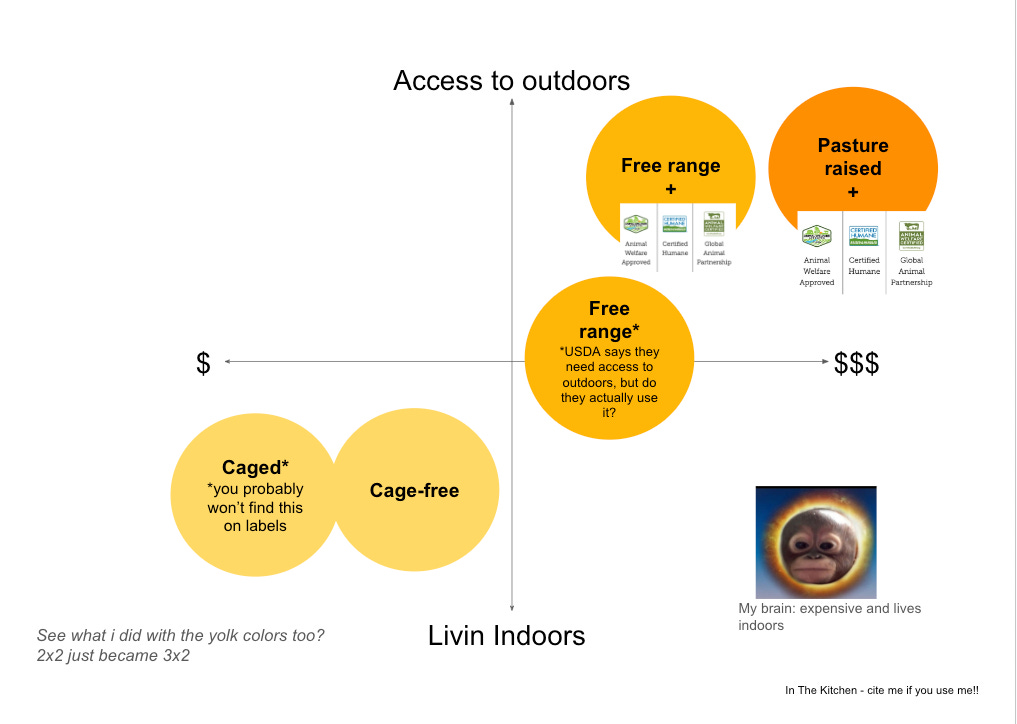










Eggcelent write up